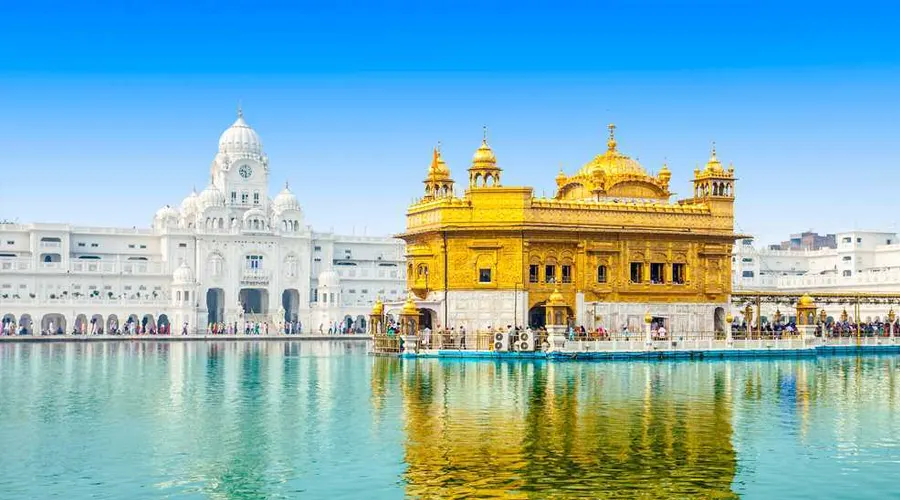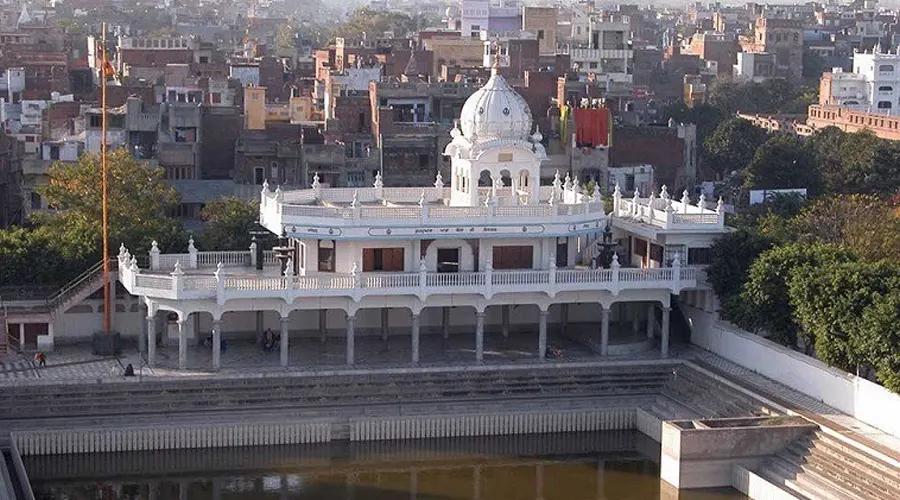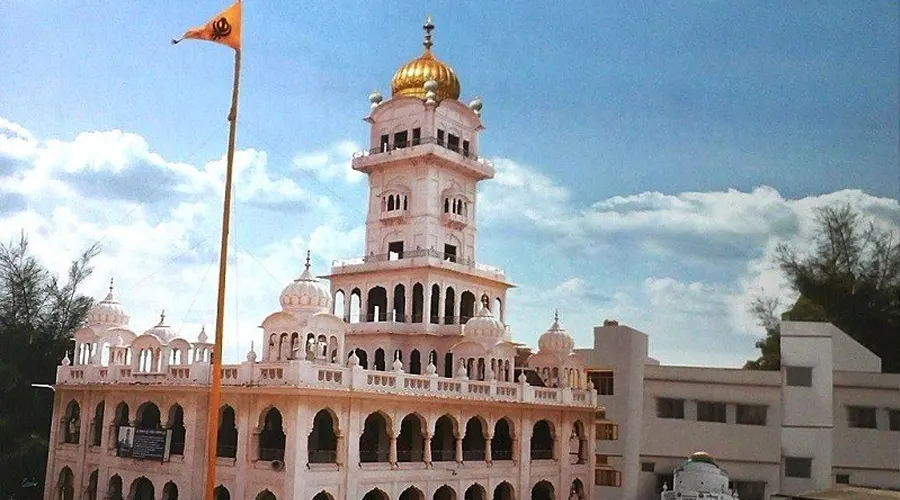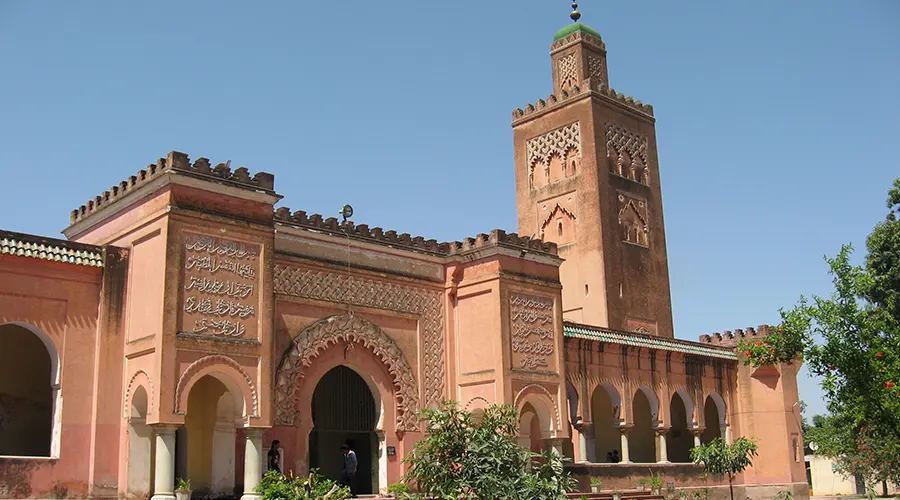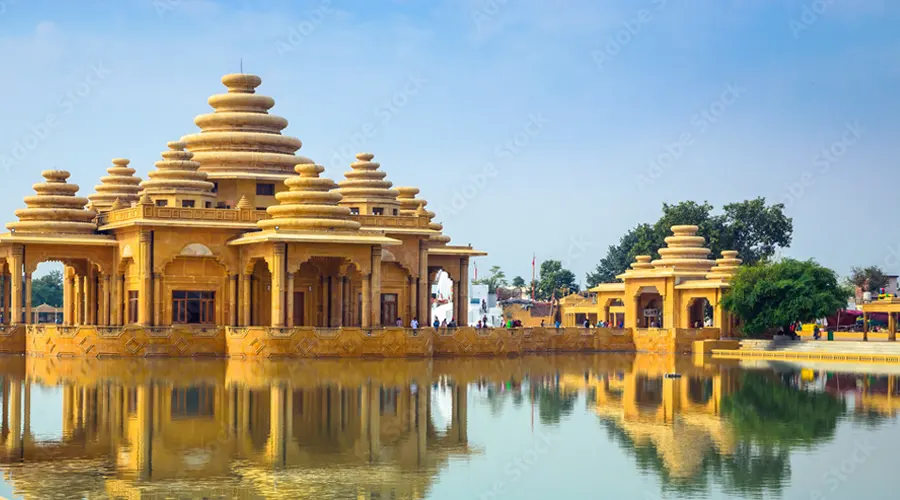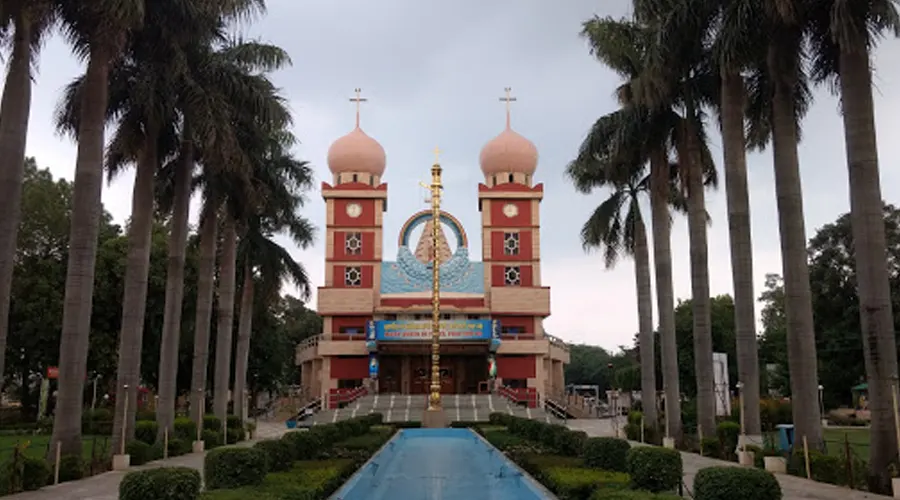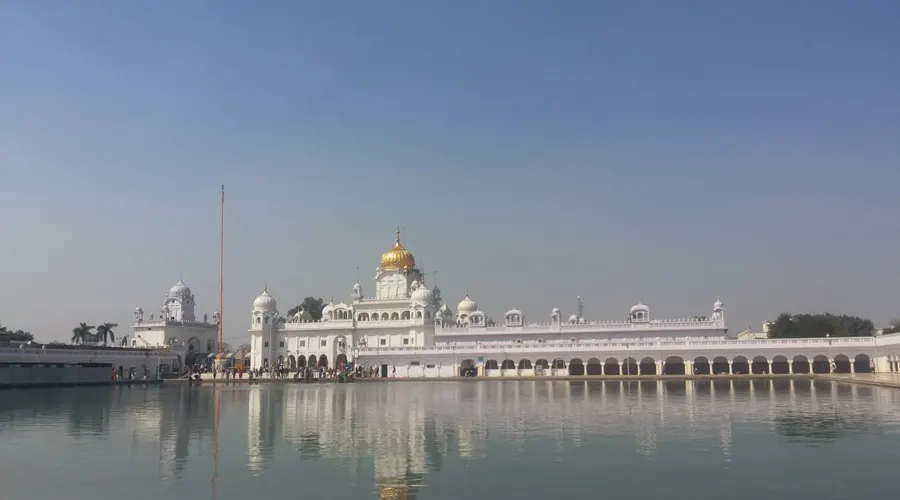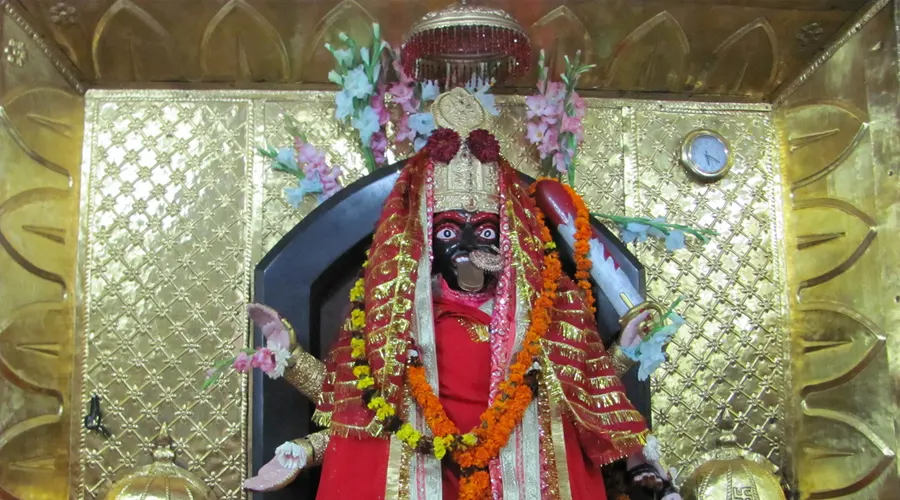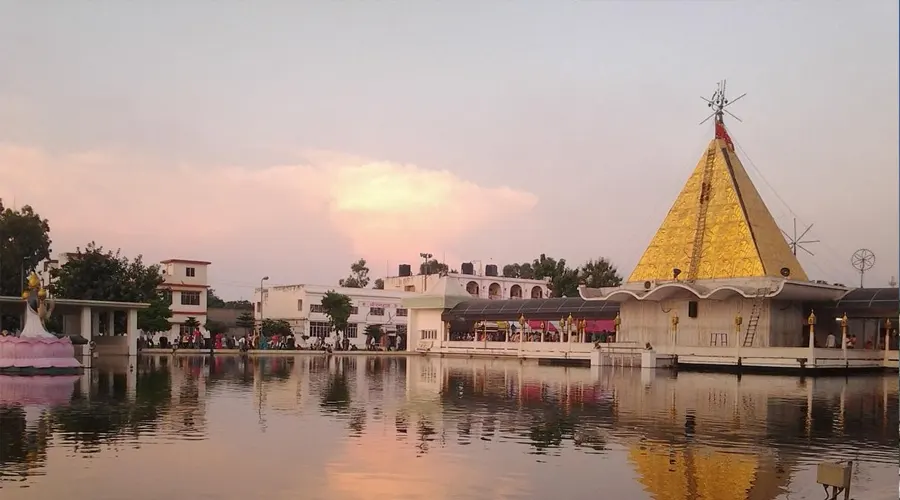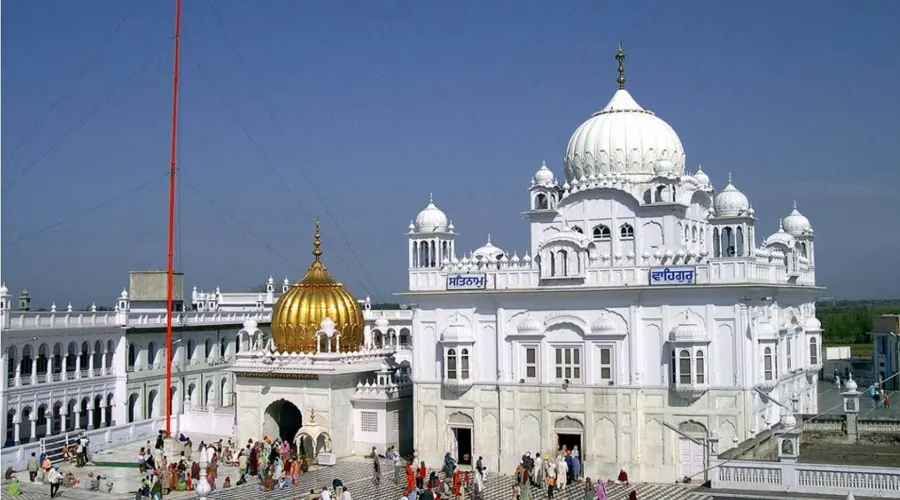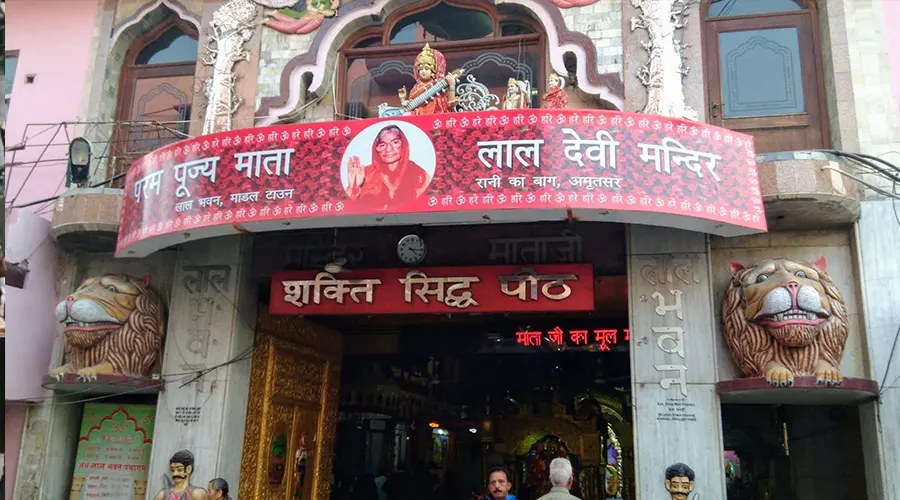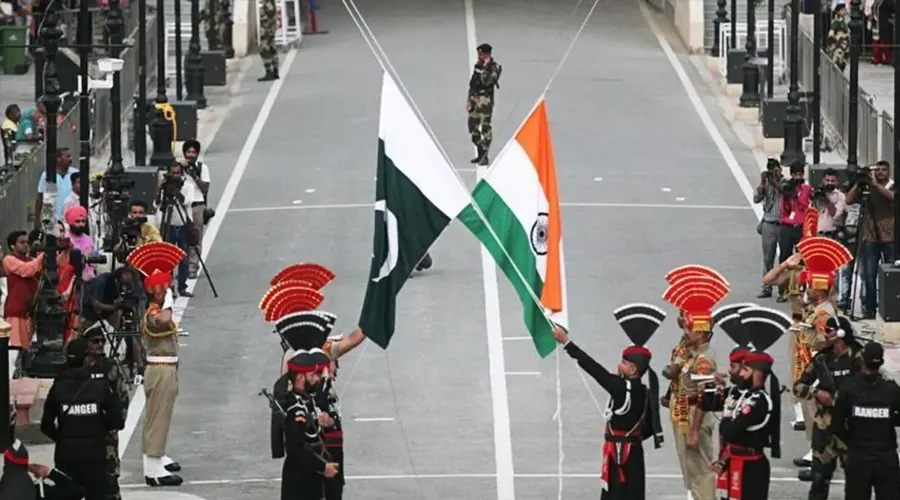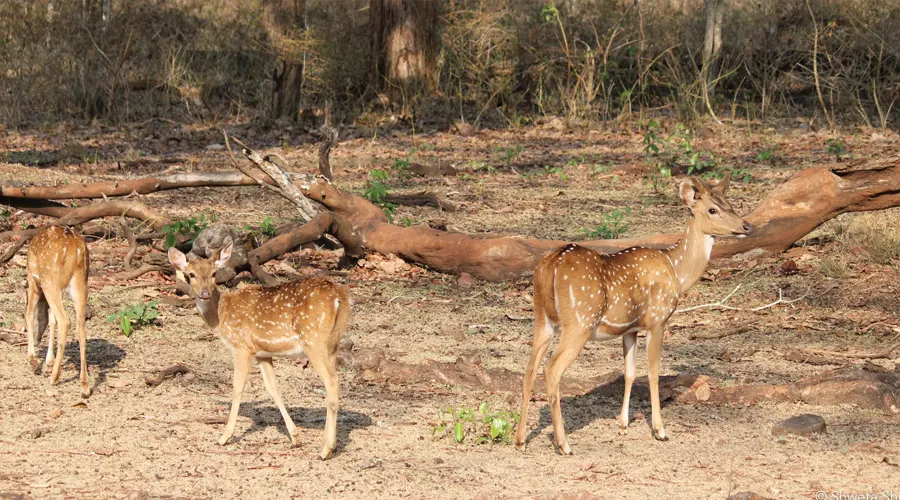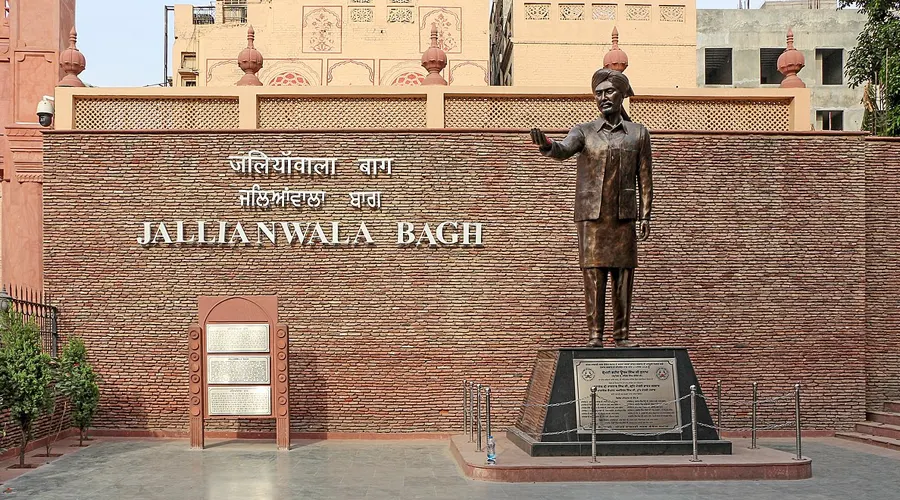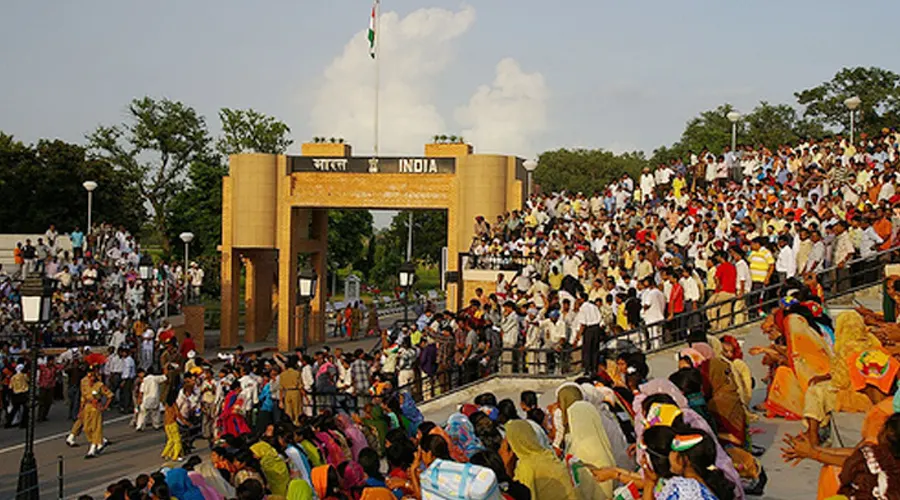Golden Temple
Amritsar is world-famous for the beautiful and highly revered Golden Temple or Sri Harmandir Sahib, which is one of the most prominent spiritual sites in the country. The temple is a two-storeyed structure with its top half covered in almost 400 kg of pure gold leaf, which is what earned it its English moniker. Maharaja Ranjit Singh, the leader of the Sikh empire, is believed to have initiated the construction in the 19th century. The rest of the temple complex is built in white marble, inlaid with precious and semi-precious colorful stones. To create motifs, the pietra dura technique has been used. The grand temple complex is awe-inspiring in its size.
One must cover one’s head and remove his/her footwear before entering the Golden Temple, as a mark of respect. As one listens to the beautiful notes of Gurbani (spiritual songs), the serene spirituality of the temple soothes the soul. One can also partake of the free meal that is offered here to around 20,000 people every day at the Guru Ka Langar (community meal), regardless of caste, creed, or gender. The entire process is managed by volunteers and is one of the most humbling experiences you can have.
The architecture of the temple is spectacular and a 67 ft square of marble makes up the base of the structure. The glistening temple is surrounded by Amrit Sarovar (pool of nectar), whose waters are said to have healing powers. One can also watch colorful fish swim in the lake’s clear blue waters as devotees take a dip in it. The temple has been designed keeping in mind the basic tenets of Sikhism that advocate universal brotherhood and an all-inclusive ethos. Thus, it is accessible from all directions.
During the day, the holy book of the Sikhs – the Granth Sahib – is kept inside the temple. At night, it is taken to the Akal Takht or Eternal Throne, which houses ancient weaponry earlier used by Sikh warriors. Other famous temples surround Sri Harmandir Sahib, including the Durgiana Temple as well as a beautiful garden, and the tower of Baba Atal. It is said that sage Valmiki wrote the epic Ramayana in this sacred place.
History
The construction of the Golden Temple marks an important chapter in the history of Sikhism in India. The foundation for the gurudwara was laid in 1581 and the construction was completed in 1588. In 1604, a copy of the Adi Granth, the principal scripture of Sikhism, was placed inside the gurudwara by Guru Arjan, the fifth Guru of the Sikhs. At that time, the site was called the Ath Sath Tirath. Over the years, the shrine was destroyed many times by the rulers of the Mughal Empire and the Muslim armies marching in from Afghanistan. Each time it was rebuilt by the Sikhs.
The current edifice of the gurudwara dates back to the 18th century. Its construction was started in 1764 under the supervision of Sultan-e-Quam Sardar Jassa Singh and was completed in 1776. Around half a century later, Maharaja Ranjit Singh renovated the gurudwara and decorated it with gold foil in 1830, which led the Harmandir Sahib to be known as the Golden Temple.
In 1984, the Golden Temple became a point of conflict between some armed Sikh militants hiding within the premises of the holy shrine and the Indian Government. Indira Gandhi, the then prime minister of India, ordered the Indian Army to march into the shrine and carry out Operation Blue Star. This military operation inside the Golden Temple left behind more than 1000 people dead, which included the militants, civilians, and soldiers. It also caused much damage to the shrine. Once again, the Sikh community came together and renovated the temple.
Architecture
The Golden Temple stands amid a beautiful water body called Amritsar or Amrit Sarovar, from where the city derives its name. The shrine displays influences from different architectural styles, including Indo-Islamic Mughal architecture and Hindu Rajput architecture. It is a two-storied structure. While the lower level of the shrine is built out of marble, the upper level is covered in gold panels. A 750 kg gold-gilded dome sits at the top of this structure. Even the doors of the shrine are covered in gold foil.
The interiors of the shrine are adorned with splendid floral motifs and frescos. Verses from the scripture of the Sikhs are etched in gold lettering on the arches of the shrine. There are four entrances to the Golden Temple complex, but only one to enter the gurudwara.
The gurudwara is comprised of many buildings which are located around the main sanctum and the water body. Of these, the most important is Akal Takht or one of the five seats of power in Sikhism. You can also see a clock tower, a museum, offices, and a community kitchen which is locally called langar.
Daily Ceremonies and Langar in the Golden Temple
Some ceremonies take place inside the Golden Temple daily. The main ceremonies are:
- Sukhasan or the Closing Ritual: This ceremony refers to the closing of the Guru Granth Sahib at night and placing it in a well-decorated palanquin. It is then carried to the Akal Takht on the first floor and the holy book is then put into a bed.
- Prakash or the Opening Ritual: Each morning, the Guru Granth Sahib is taken out of the Akal Takht and carried in a flower-decked palanquin to the sanctum of the Golden Temple. After the customary singing of kirtans, a random page is opened and read out loud.
- Free food: Every day, thousands of people are fed free food from the community kitchen at the temple. This practice is known as langar in which everyone sits on the ground and enjoys the simple yet tasty vegetarian meal served there.

